The Rifles
Flughafen Tempelhof, 2009
We meet Joel and Luke from The Rifles in the afternoon before their show at Berlin Festival. It’s a pity that we aren’t allowed to get out on the airfield of Tempelhof airport – where the festival takes place –, so we take the other exit and head out for a walk alongside the huge building. Under a big tree in front of the prison-like Tempelhof walls the two lads stop, grab their guitars and start into a beautiful acoustic version of “Robin Hood”, a perfect example of their well crafted Indie rock that even impresses Modfather Paul Weller and Blur guitarist Graham Coxon. Inspired by the intense experience of watching an Oasis show at Knebworth Park, UK among 125,000 people, the Northeast Londoners Joel and Luke decided to form a band and made their intention come true in 2003. These days their inspirers have disappeared in conflict from the music stage, whereas The Rifles can already be added to the leading bands in British pop music.
- Camera
- Michael Luger
- Sound Recording
- Maria Wachlin
- Christian Frefel
- Post production
- Michael Luger
- Photography
- Sarah Brugner
- Artist
- The Rifles
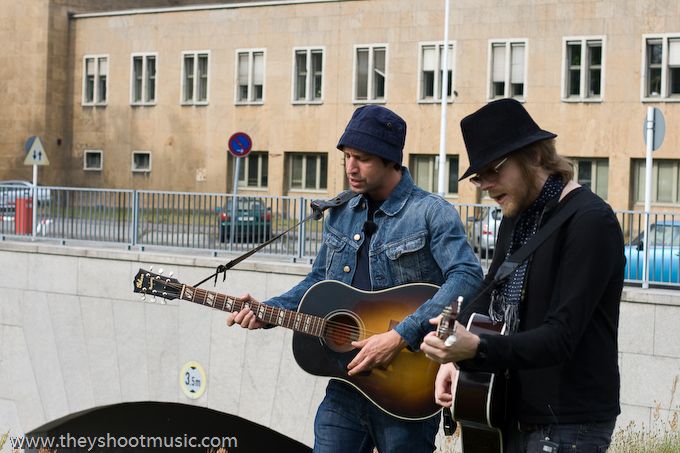
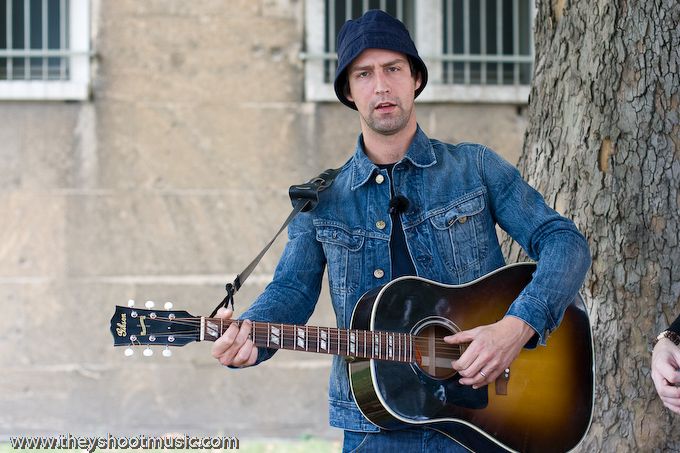
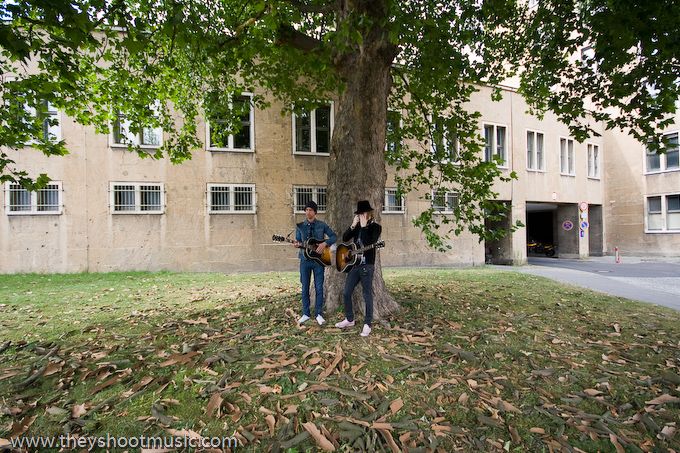
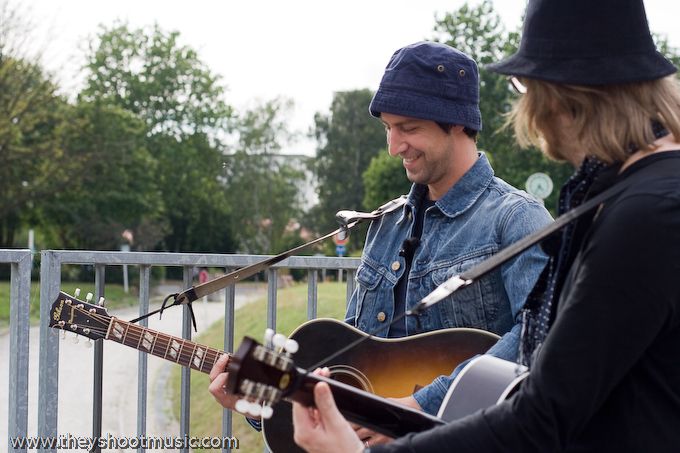
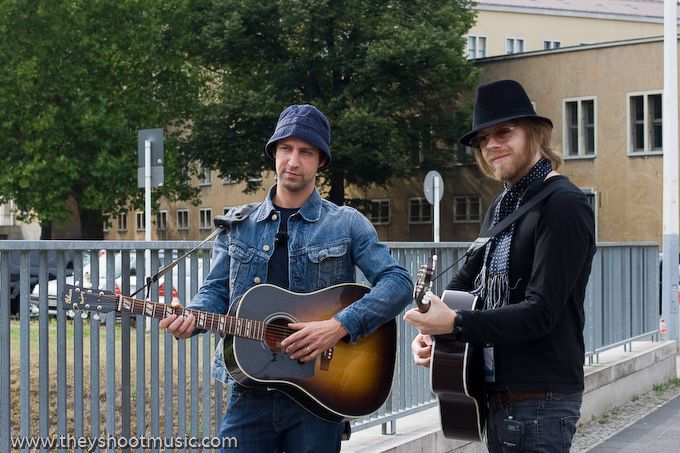
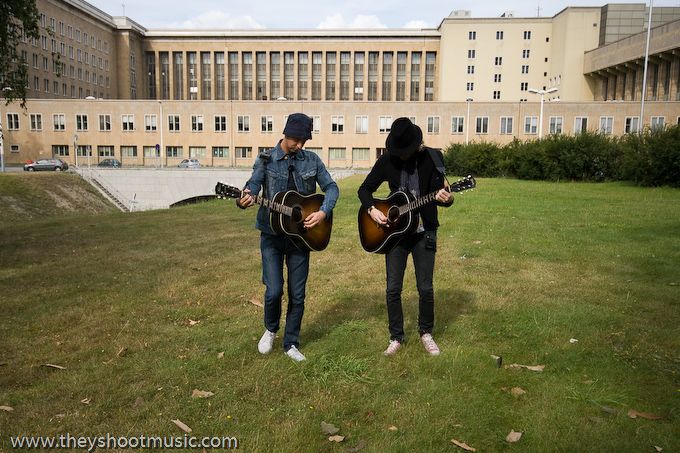
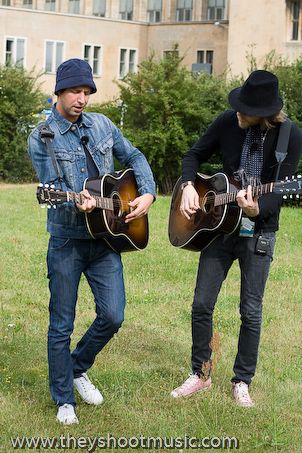

Flughafen Tempelhof
“Guten Flug!”, says the guy in the entrance hall of Tempelhof Airport after handing out the tickets. Indeed no one of the young fashionables in here is going to lift-off in its true sense. They are here for the Berlin Festival, which is one of the first major events to take place at the Tempelhof Airport since its closure in October 2008. But apart from the Berlin Festival in August and the Bread & Butter fashion tradeshow in July, no permanent plans have yet been implemented. The quite centrally located Tempelhof Airport was one of Europe’s three iconic pre-World-War-II airports (with the old Paris – Le Bourget Airport and London’s now-defunct Croydon Airport). Constructions started in 1927. The old airport terminal has already been heavily used, when in the 1930s, as part of Nazi architect Albert Speer’s plan for the reconstruction of Berlin, the old terminal was replaced with a new one. The airport halls and neighbouring buildings, still known as the largest building entities worldwide, should play an important role in Adolf Hitler’s “world capital” Germania. Because of World War II, those construction plans have never been completed. After the war Tempelhof Airport was turned over to the United States Army as part of the American occupation zone of Berlin. As the Soviets occupied further parts of the city in June 1948, Tempelhof Airport remains the only access route for Western Powers into Berlin. For eleven months West Berlin’s residents have been sustained with airlift transports that landed at Tempelhof. The history-charged airport, even now it is disused, stays exceptional and momentous. British architect Sir Norman Foster has described Tempelhof Airport with its large, canopy-style roof and with its terminal façade of shell limestone as “the mother of all airports”.